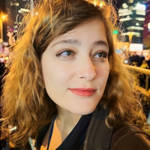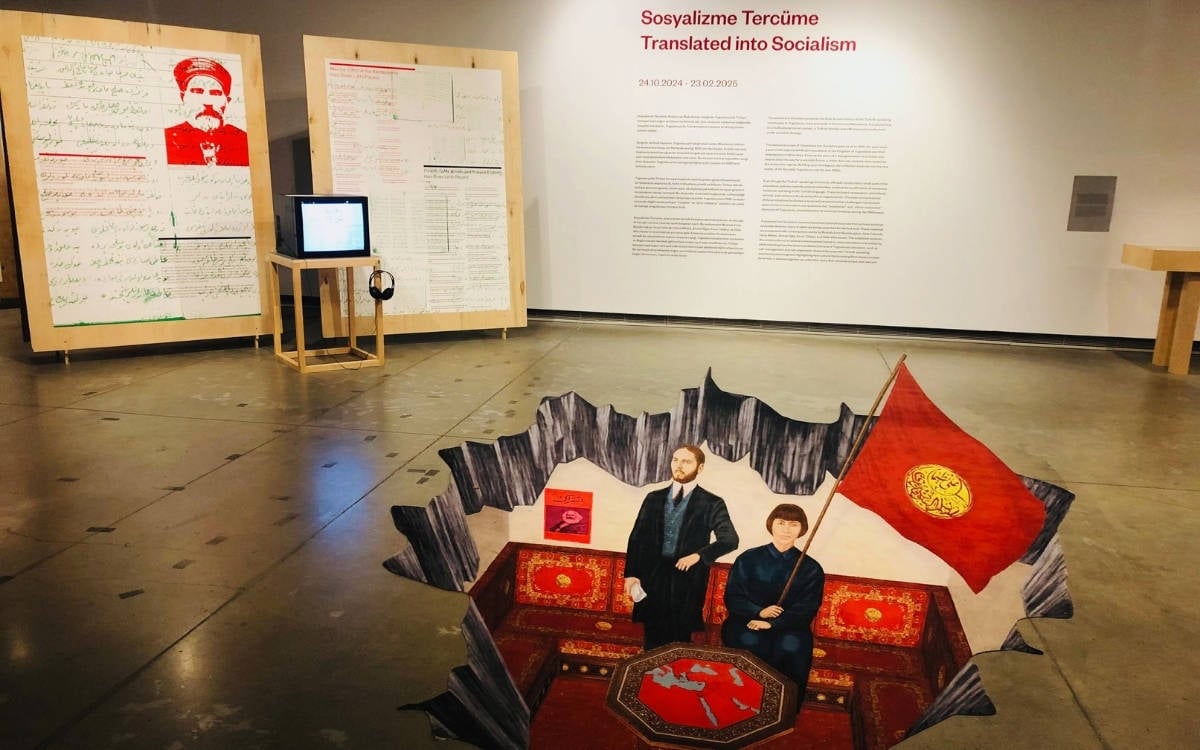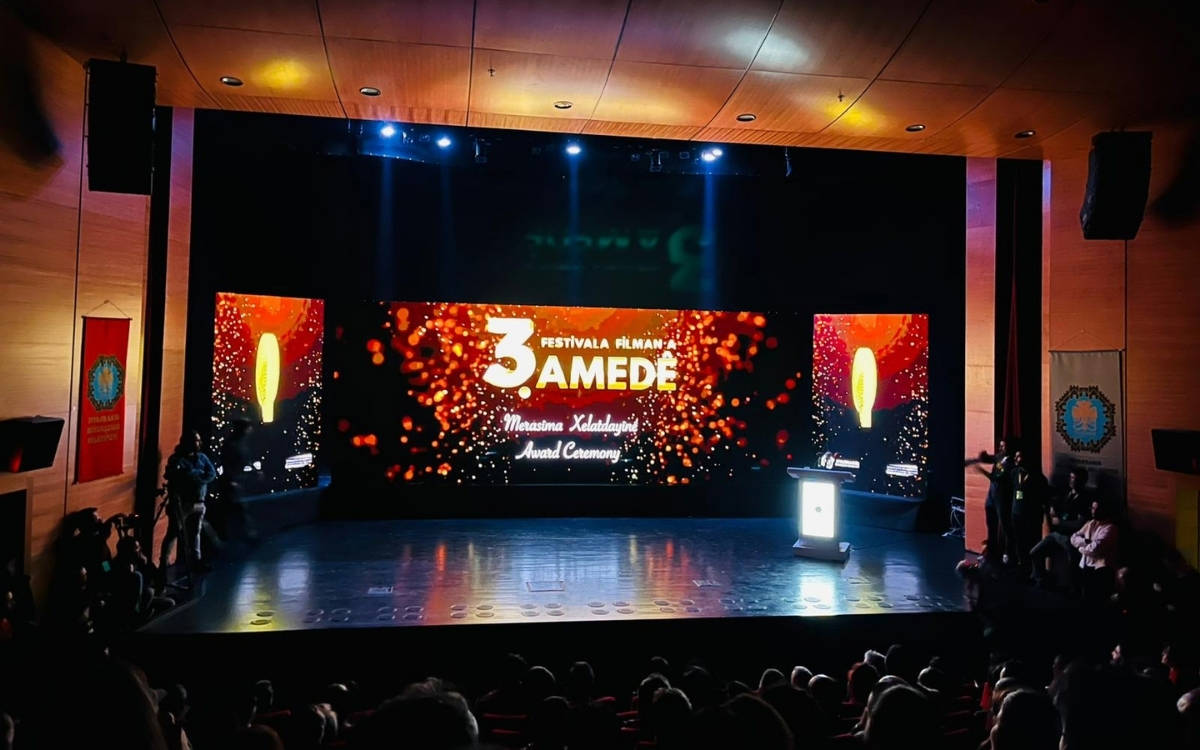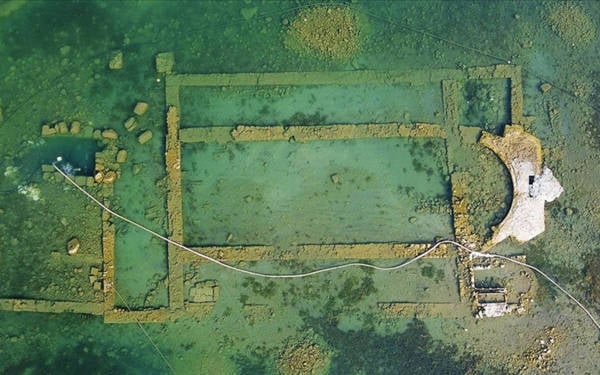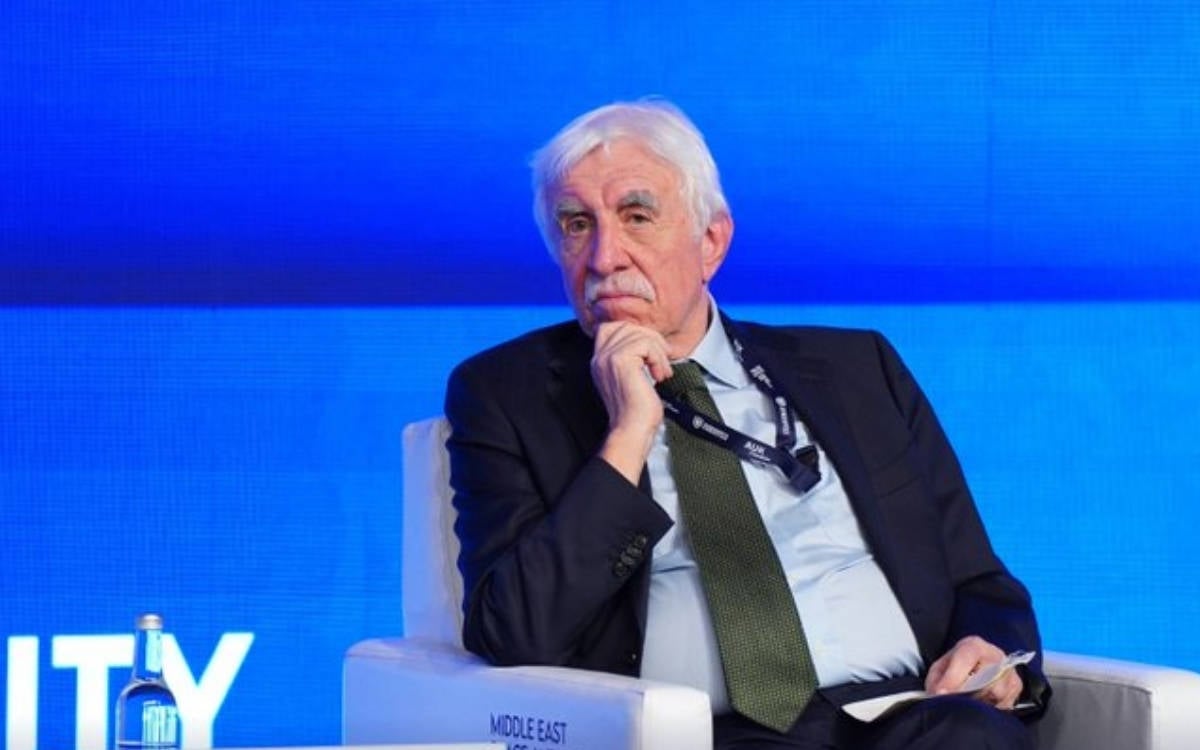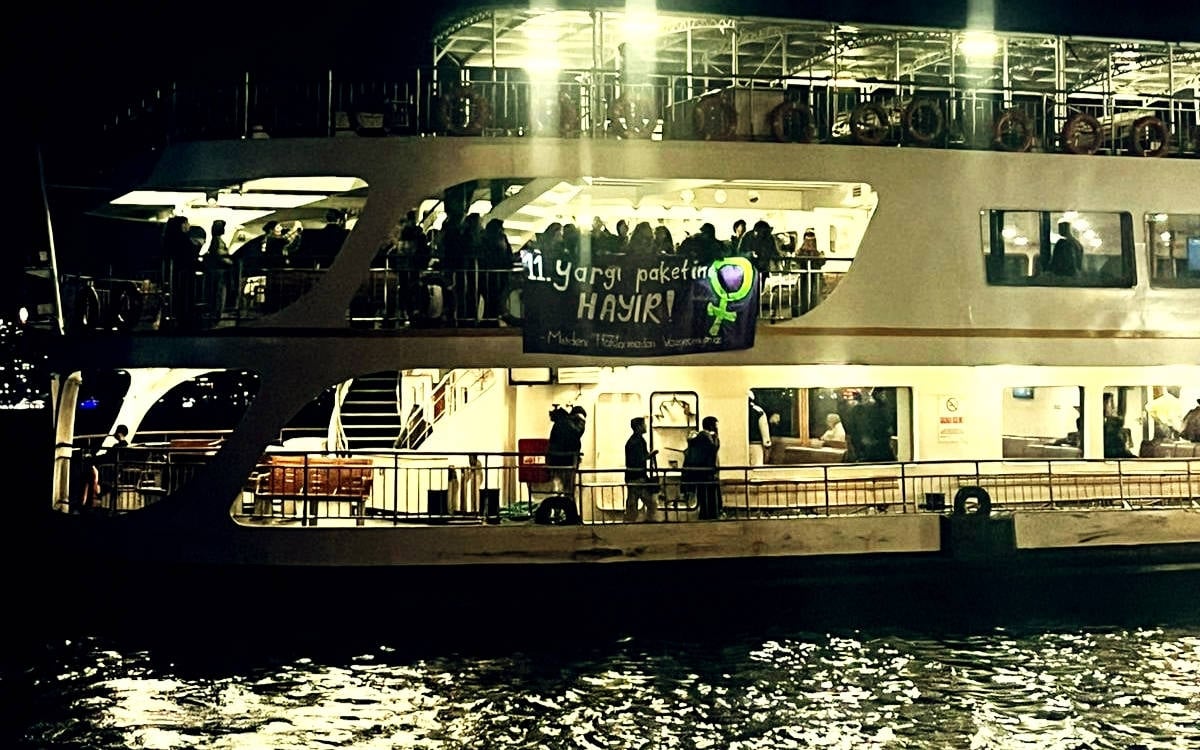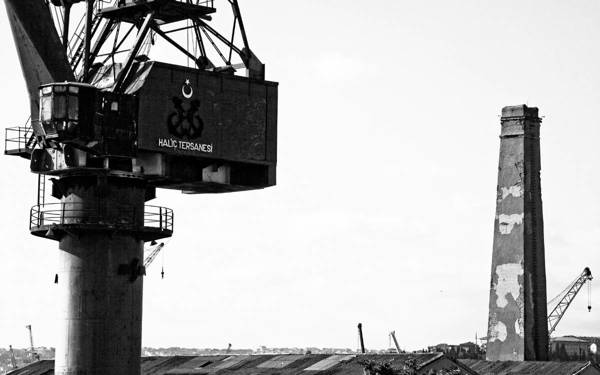The Anti-Fascist Women’s Front (Antifašistički front žena, AFŽ, 1944-1953) was organized during WWII by women volunteers across Yugoslavia, playing a crucial role in wartime. Although many women from Muslim communities in Macedonia and Kosovo supported the anti-fascist movement in various ways, Turkish and Albanian branches of the AFŽ were only established after the war. Among its significant contributions, AFŽ organized healthcare and education services in liberated areas.
The Turkish branch of the AFŽ in Macedonia and Kosovo began operating in a reality where over 80% of women were illiterate, initiating literacy courses and campaigns advocating for the removal of the face veil and ferace, actively participating in the discussion and enforcement of these regulations.
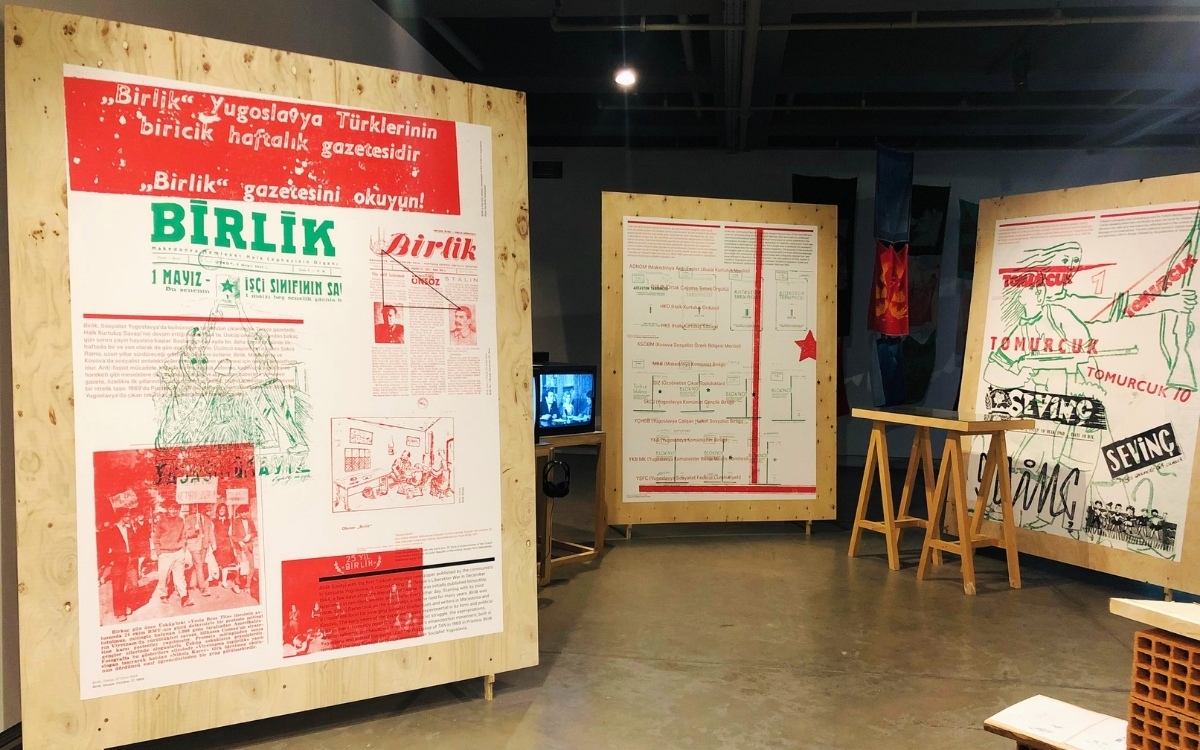
“The only weekly newspaper of Yugoslavia’s Turks’
The AFŽ provided logistical support to the Partisan movement, supplying food, medicine, and clothing to resistance units, assisting the injured, and managing communication channels. AFŽ also played a key role in propaganda, with extensive details on these efforts recorded in Birlik, “the only weekly newspaper of Yugoslavia’s Turks.”
Published by socialists, Birlik was the first Turkish-language newspaper in Socialist Yugoslavia, starting just days after Skopje’s liberation in December 1944. Its goal was to promote the ideals of the Yugoslav Partisan Movement, led by Josip Broz Tito, and it became an essential platform for socialist intellectuals and writers in Macedonia and Kosovo. Initially released every two months, Birlik later published every 10 days, then weekly, and eventually every other day. From its third issue onward, Şükrü Ramo served as editor-in-chief for many years.
The Translating Socialism exhibition at Salt Galata includes issues of Birlik, Tomurcuk, Sevinç, Sosyalist Fecri, and Sesler, along with party flags, poems dedicated to Tito, a carpet highlighting the transformations after Yugoslavia’s dissolution, and silk-screened images of the hammer and sickle.
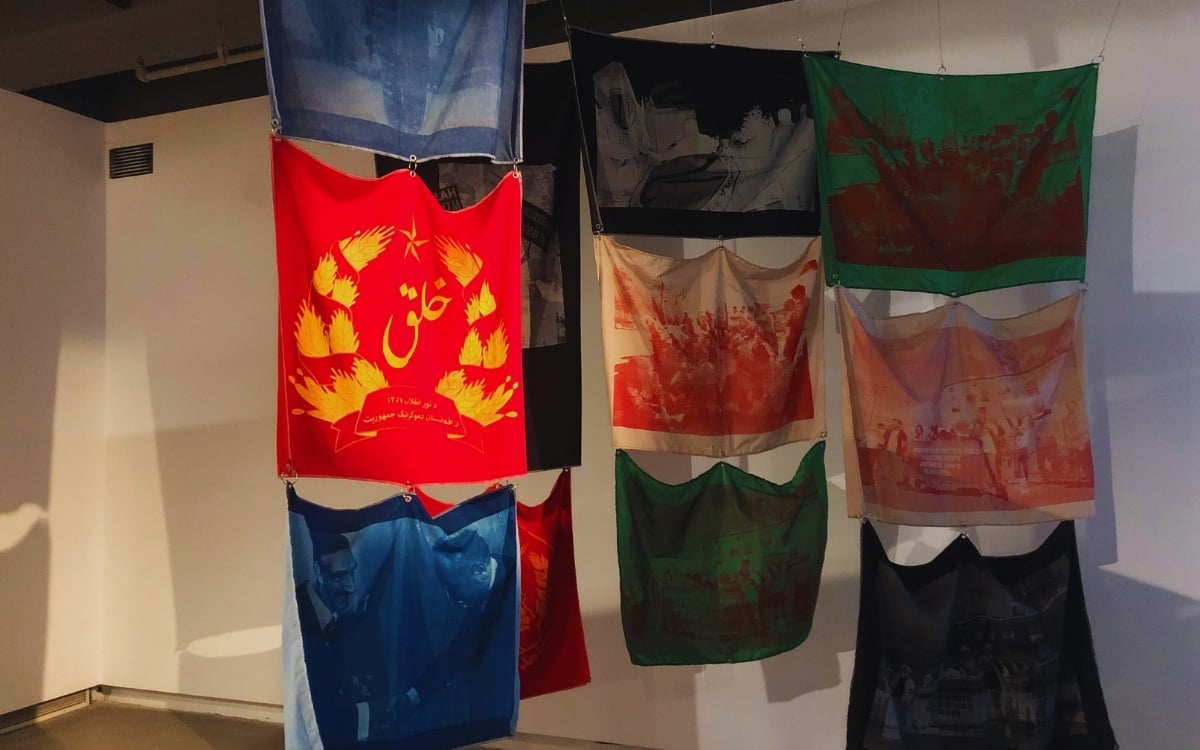
Imagining a communist future
The exhibition broadly covers the lesser-known history of the Turkish-speaking community in Yugoslavia, focusing on Kosovo and Macedonia. Its historical context recalls the hope for liberation through socialist and communist ideals that a segment of the oppressed Muslim population in the Kingdom of Yugoslavia held in the 1920s. Following the suppression of these aspirations under the monarchy, the exhibition traces the story of a new generation that sought to reimagine their future. The exhibition draws on this rich legacy, covering Socialist Yugoslavia’s new reality until the end of the 1980s.
Although a small segment of the population, Turkish speakers in Yugoslavia established various cultural and political entities, including newspapers, periodicals, and schools. Led by communists, these initiatives questioned mainstream nationalist ideologies, showing that limited resources do not hinder organizational efforts or the pursuit of a better world.
Translating Socialism is made up of historic documents collected from private archives and public libraries, many displayed for the first time. These materials are presented alongside works by artists Mustafa Emin Büyükcoşkun, Yane Calovski, Hana Miletić, Ahmet Öğüt, Fevzi Tüfekçi, and Dilek Winchester. The exhibition reveals how the unique historical aspects of Yugoslav socialism, such as self-management and the Non-Aligned Movement, shaped the way the Turkish-speaking community envisioned itself, highlighting the emergence of new cultural structures that remain relevant today.
The exhibition, organized by Sezgin Boynik, Tevfik Rada, and Merve Elveren in partnership with the Lumbardhi Foundation in Kosovo, is complemented by related programming available on saltonline.org and Salt’s social media platforms.
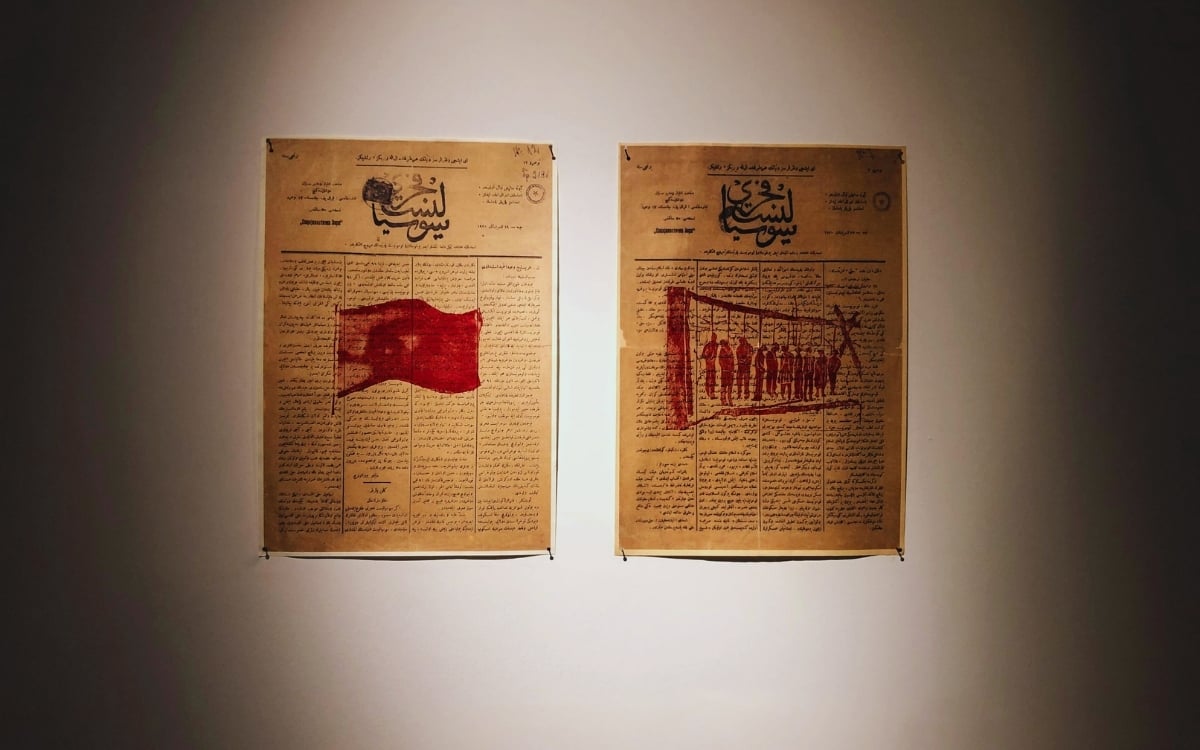
Program: Merve Elveren
Research: Sezgin Boynik, Tevfik Rada (Pykë-Presje)
Artists: Mustafa Emin Büyükcoşkun, Yane Calovski, Hana Miletić, Ahmet Öğüt, Fevzi Tüfekçi, Dilek Winchester
Exhibition Coordinator: Sezin Romi
Exhibition Design and Production: Emirhan Altuner
Editor: Ezgi Yurteri
Graphic Design: Bardhi Haliti
Communications Design: Emirhan Altuner, Elif Tuna
Installation: Eray Özcan, Burak Bodur, Fiksatif, OCD Museum Works, 3T Reklam
(TY/VK)




